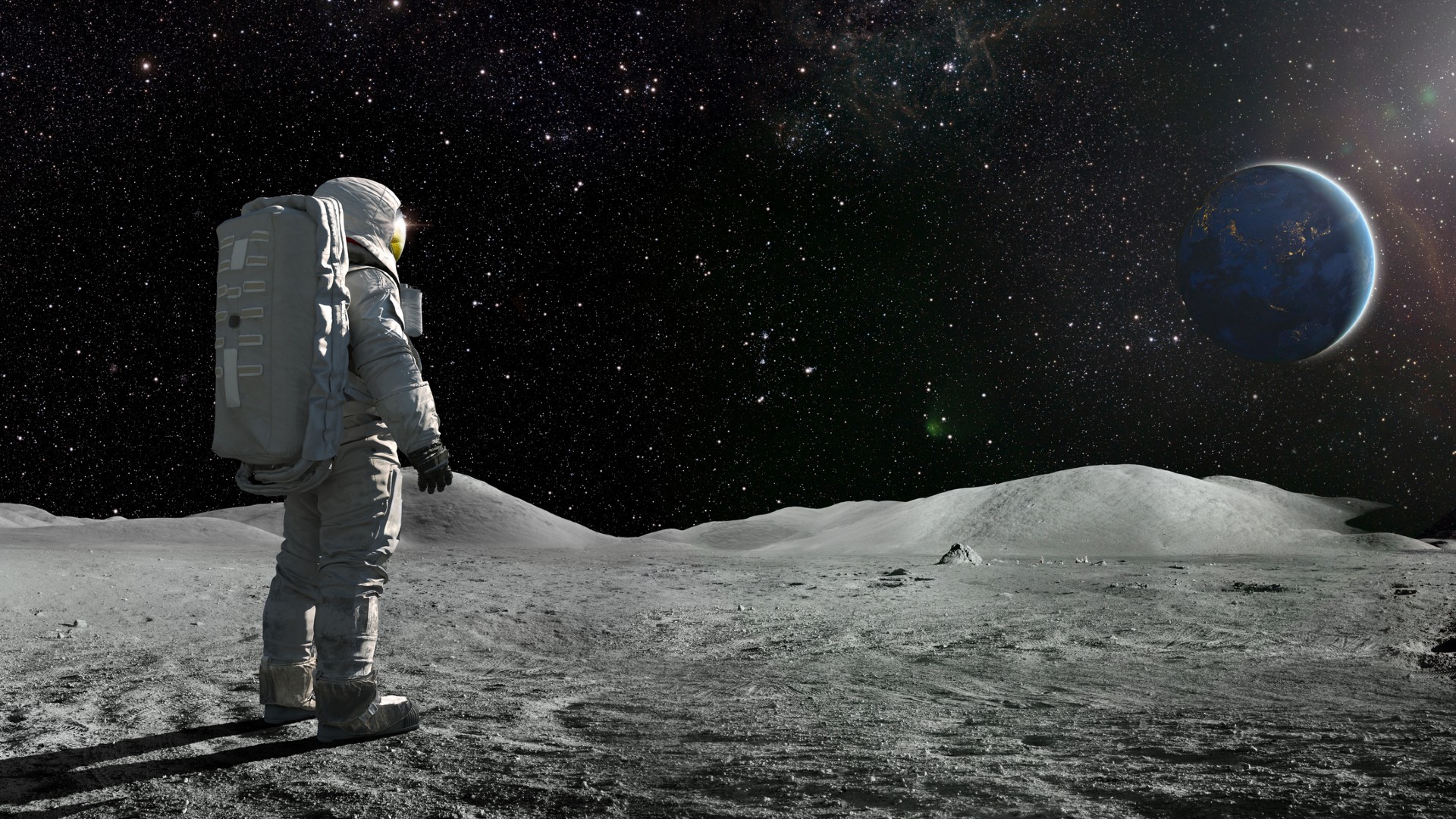
Any human who spends enough time in a low-gravity environment — such as a future habitat on the moon — will experience bodily changes as their muscles atrophy, their bones lose mass and their control over their whole body itself declines. This is why astronauts who spend time beyond Earth's atmosphere must exercise on their missions. Without physical fitness, they’ll struggle to function on even a basic level when they return to Earth’s gravity.
Now, researchers from the University of Milan have devised a new form of exercise to keep future moon-dwellers' bodies in shape. It involves running along the inside of a Wheel of Death.
A Wheel of Death, as seen in circuses and theme parks on Earth, typically consists of a large ring laid on its side. A hapless participant must speed along the inside of the Wheel quickly enough to avoid falling victim to gravity and thus falling off the Wheel.
Related: NASA picks 3 companies to design lunar rover for Artemis astronauts to drive on the moon
In Earth's gravity, it's immensely difficult for human feet to achieve this feat — impossible, in fact. Anyone who braves the Wheel needs some sort of motorized transport, typically a motorcycle. But on the moon, with one-sixth Earth's gravity, it should be possible for a human to run along the inside of a Wheel. In fact, doing so could be a way to simulate running on a flat surface in much higher gravities.
The Milan researchers wanted to test whether this was possible. They rented a Wheel of Death measuring 9.4 meters (30.8 feet) across and made two human participants run along its inside— supporting them with bungee cords from above to simulate lunar gravity conditions.
Both participants could ascend the Wheel, run along its inside, and safely descend back to the ground after only five to eight attempts. When the researchers measured the runners' speeds, stride lengths and the force from their feet striking the ground, they determined that the runners were experiencing conditions not unlike running on Earth.
Get the Space.com Newsletter
Breaking space news, the latest updates on rocket launches, skywatching events and more!
With these results, the authors believe that a few laps around a Wheel on the moon per day could be just what the doctor ordered to prevent bodily degeneration.
The authors published their work on May 1 in the journal Royal Society Open Science.
Join our Space Forums to keep talking space on the latest missions, night sky and more! And if you have a news tip, correction or comment, let us know at: community@space.com.

Rahul Rao is a graduate of New York University's SHERP and a freelance science writer, regularly covering physics, space, and infrastructure. His work has appeared in Gizmodo, Popular Science, Inverse, IEEE Spectrum, and Continuum. He enjoys riding trains for fun, and he has seen every surviving episode of Doctor Who. He holds a masters degree in science writing from New York University's Science, Health and Environmental Reporting Program (SHERP) and earned a bachelors degree from Vanderbilt University, where he studied English and physics.
